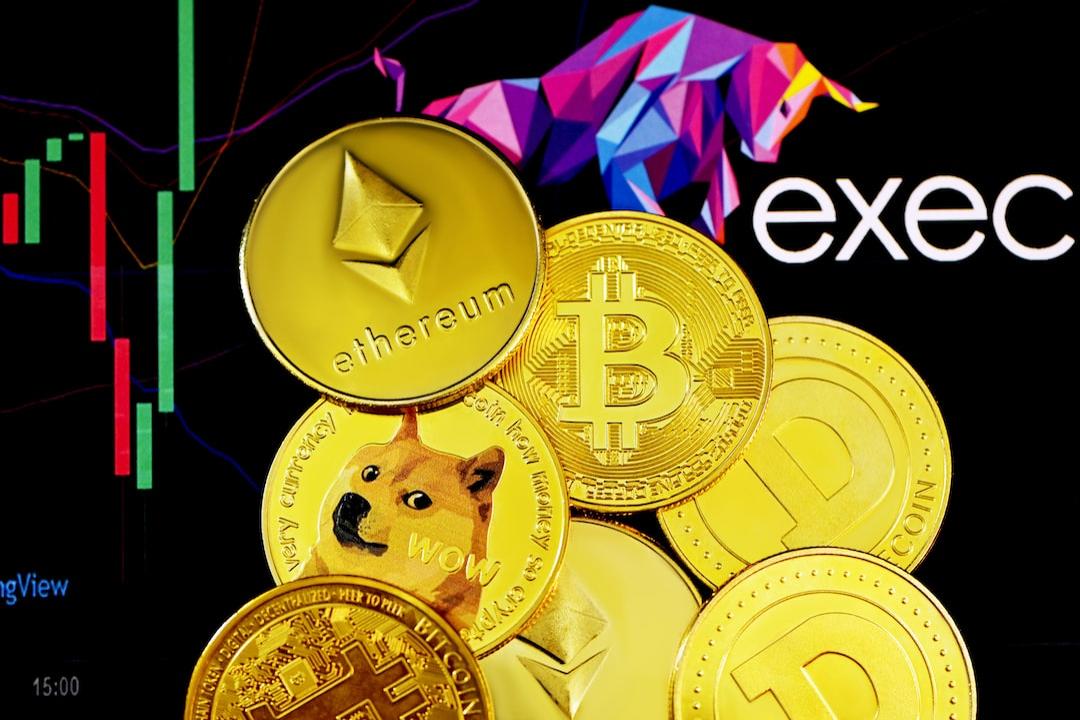The “LATAM Crypto 2025” report by Dune
published on August 18, 2025, reveals how cryptocurrencies are becoming a key component of everyday finance in Latin America. Using expansive datasets, the report highlights how cryptocurrencies are predominantly utilized for savings, remittances, and expenditures rather than speculation in the region. The study centers around four aspects: exchanges, stablecoins, entry and exit ramps, and payment applications. The findings are compiled from datasets verified within the Blockchain.
Exchanges Witness Ninefold Volume Surge
According to Dune’s LATAM Crypto 2025 report, cryptocurrency exchanges have emerged as fundamental financial infrastructure across the region. Between 2021 and 2024, annual activity grew ninefold to reach $27 billion. Key contributors to this surge are Ethereum (ETH) 
$4,224 for high-value settlements, Tron (TRX) for low-cost USDT transactions, and Solana 
$180 (SOL) and Polygon (MATIC) driving growth in individual transactions. This expansion reflects a broad spectrum of use cases from cross-border remittances to individual investor access.
The report relies on Blockchain-based, verifiable dashboards and collaborations with projects to interpret diverse market dynamics clearly. This approach intends to accentuate real-world uses like money transfers, salaries, savings, and payments instead of speculative narratives. Rather than viewing the region’s various countries as a single market, the report focuses on shared and practical application areas through a four-pillar framework.
Dollar-Pegged Stablecoins Take a Clear Lead
In July 2025, over 90% of the transaction volumes in tracked cryptocurrency exchanges were comprised of USDT and USDC. Dollar-pegged stablecoins, along with coins tied to local currencies, witnessed significant growth. Stablecoins indexed to the Brazilian real saw year-on-year growth of 660%, while those pegged to the Mexican peso surged 1,100 times. While the digital dollar remains dominant in regional payment practices, stablecoins pegged to local currencies have been quickly adopted in domestic markets.
Beyond exchanges, protocols like PayDece and ZKP2P, as well as providers like Capa, facilitate an unrestricted, multi-network gateway with around $60 million in volume, linking cryptocurrencies with the local economy. Applications such as Picnic, Exa, and BlindPay stand out by integrating stablecoin balances, savings, and real-world spending into a single interface, bringing cryptocurrencies closer to a banking-like experience.


